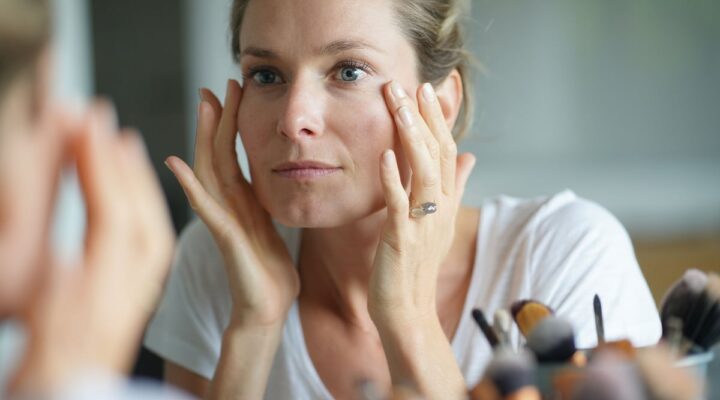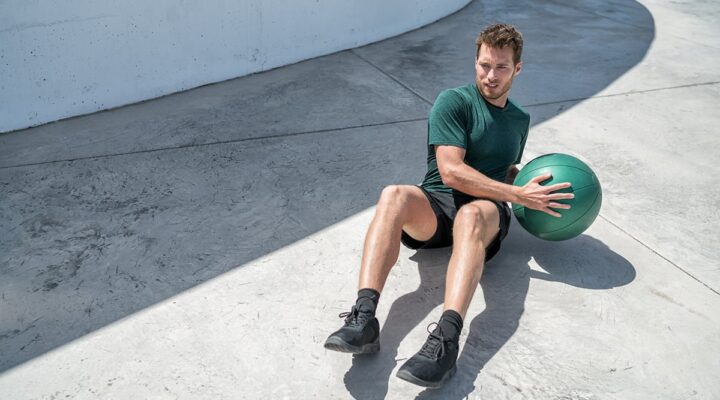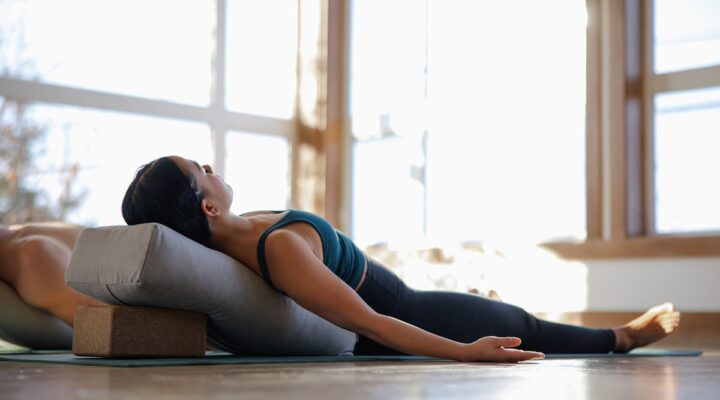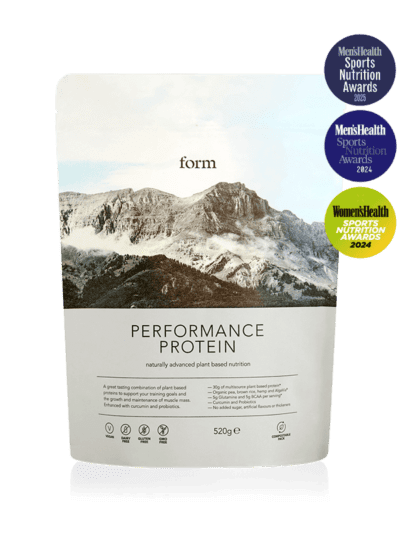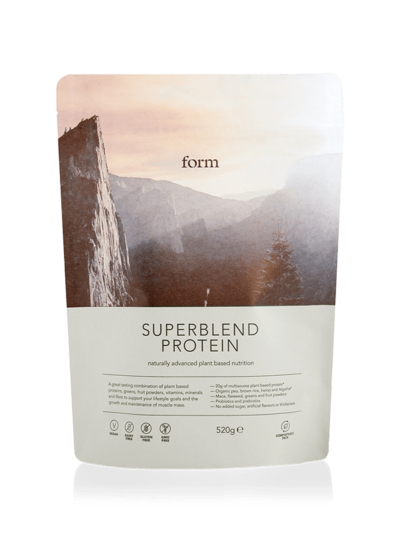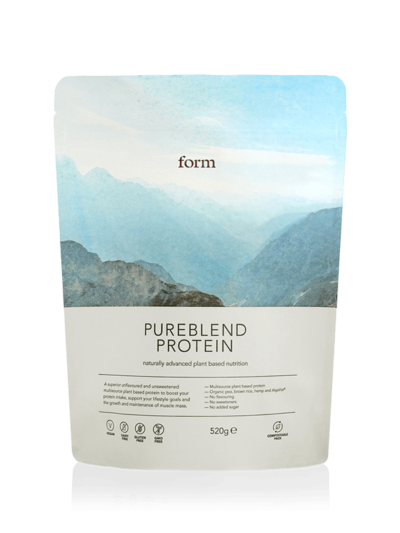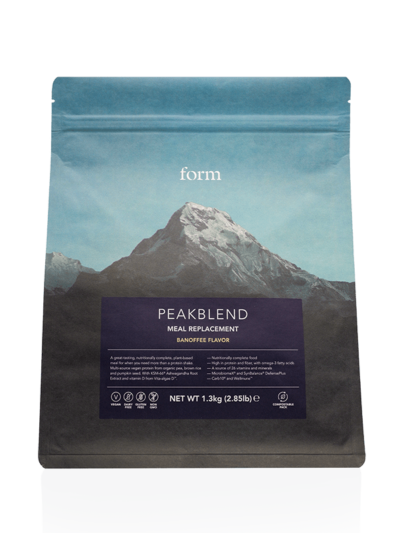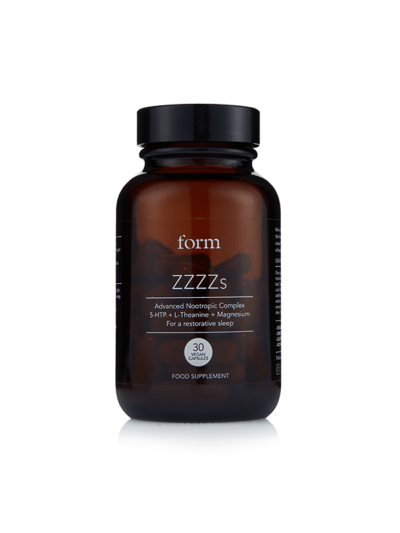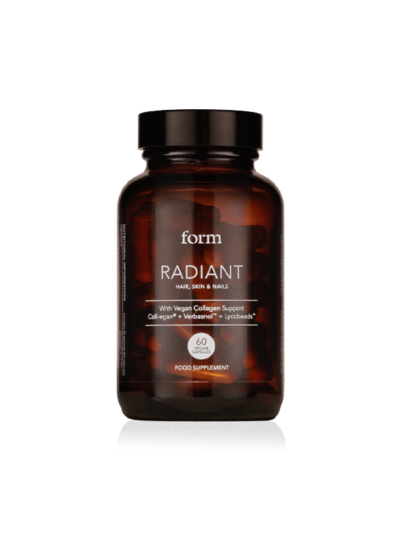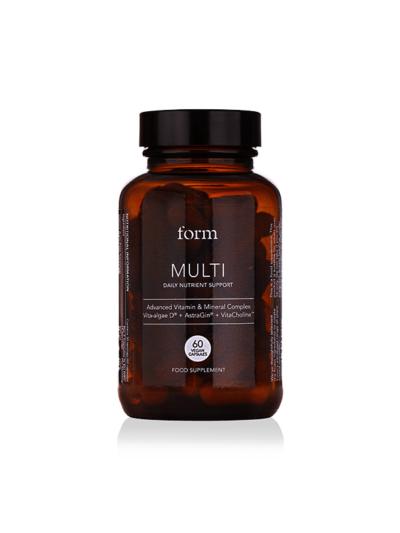Not Reaching Your Goals? 5 Common Exercise Myths You Need to Stop Believing
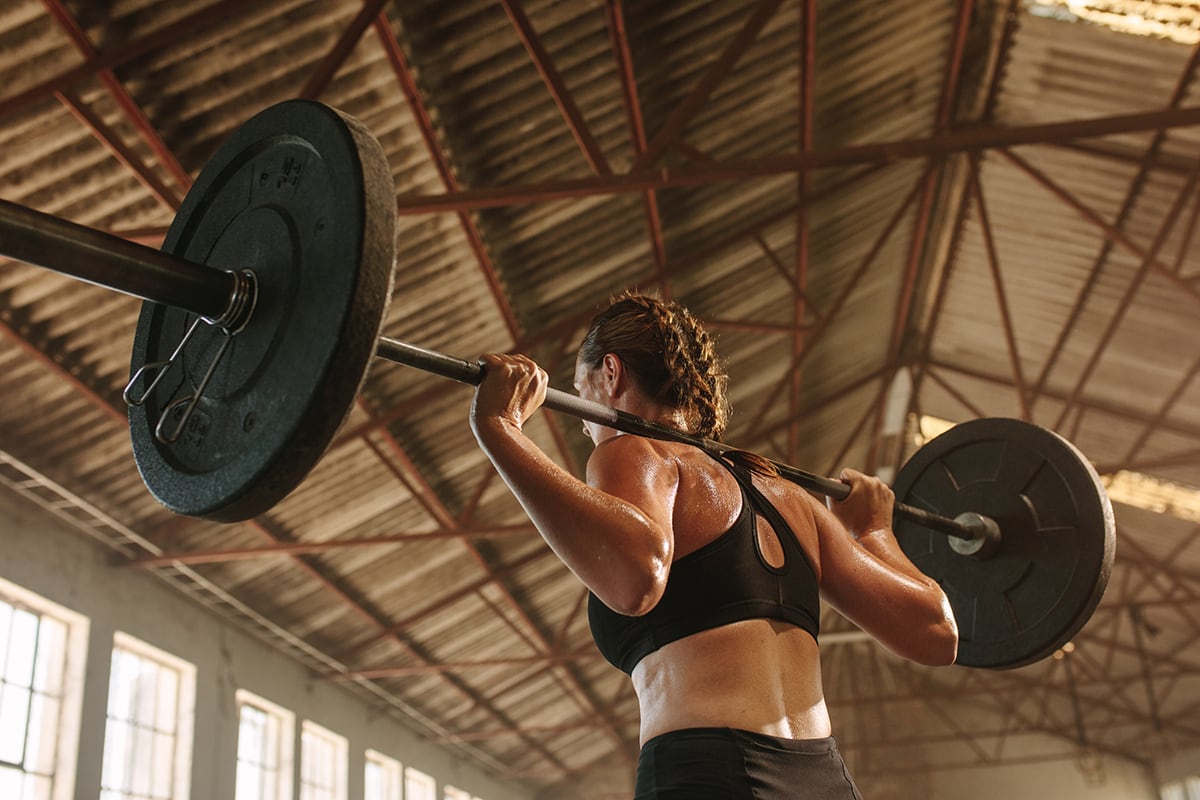
If you feel like you’re stalling in your training, it might not be seasonal fatigue setting in – it could be because you’re falling victim to common training myths. Whether your goal is to get faster, stronger or more flexible, plateaus happen to even the most seasoned gym-goers.
While movement should be for life, and there’s no ‘right’ or ‘wrong’ way to work out, it can be frustrating to feel like you aren’t making the progress you planned for.
Training smart means having a strategy. To save yourself time, get faster results, and make your workouts more effective, we asked a PT to share some common training myths that could be holding you back.
1. Lifting weights makes you bulky
Even the most powerful Olympic-level athletes and runners have revealed that their secret to reaching peak performance is to expand beyond a primary discipline and practise a variety of different activities, including lifting weights.
“Some people avoid weights entirely because they mistakenly believe they’re going to bulk up, but the reality is that building significant muscle mass takes years of consistent training, a surplus of calories and often a genetic predisposition,” says Brian Murray, founder of Motive Training.
“For most people – especially women – strength training improves your body composition, bone density and metabolic health without adding unwanted weight. If anything, lifting weights often helps people look leaner and feel stronger in their day-to-day life.”
2. You have to sweat or be sore for a workout to be effective
‘No pain, no gain’ Instagram platitudes would have you thinking that a workout only counts if you max out on effort – but sweat isn’t a metric for progress, and neither is soreness.
“Some of the most productive sessions involve slow, controlled movements that build joint integrity and nervous system resilience,” explains Murray. Training at a slower pace not only avoids fitness burnout, but it builds a stronger aerobic base – allowing the body to become more efficient at using oxygen, which improves our overall endurance.
“If you’re always chasing exhaustion and not giving your body time to recover, you’re missing out on some key gains,” says Murray.
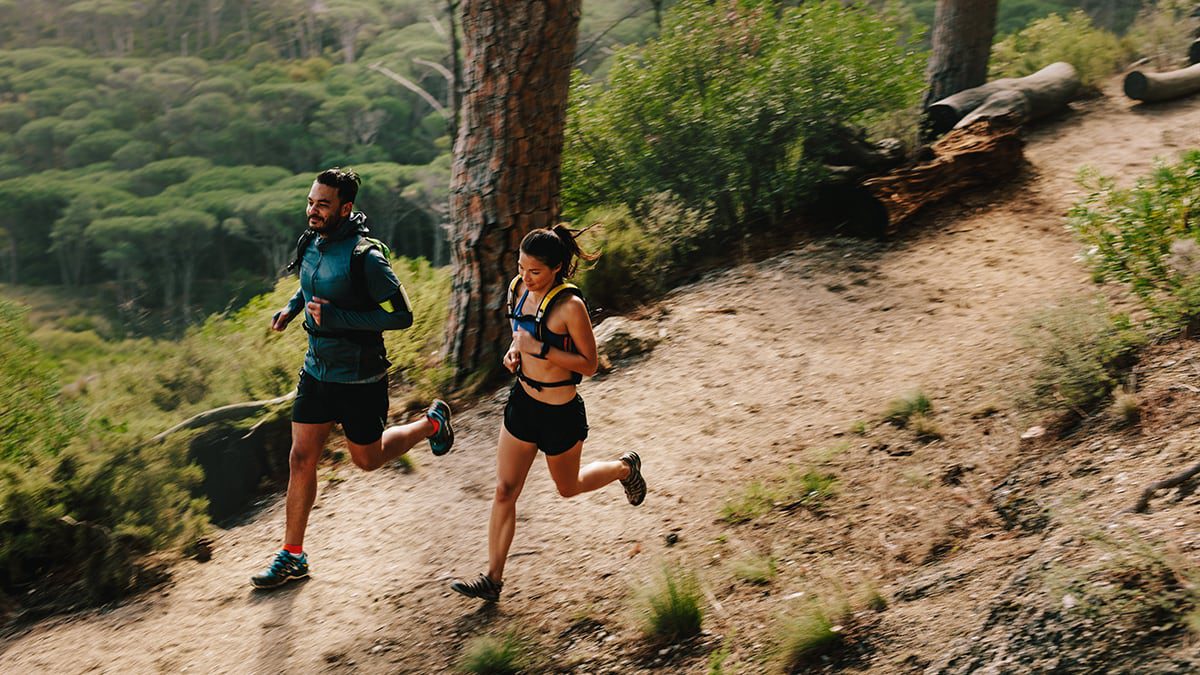
3. Running is bad for your knees
Knee and joint pain are common complaints among runners, and many people avoid pounding the pavements for fear of causing long-term damage. But studies suggest that recreational running can actually strengthen knee joints and potentially reduce the risk of arthritis – as long as you’re doing it correctly.
“Running isn’t the problem,” stresses Murray, “poor mechanics and lack of preparation are. If you don’t have adequate hip mobility, ankle control or strength in the tissues that support your joints, your body will compensate, and that’s where pain shows up.
“In this way, it’s less about avoiding impact, and more about improving how your body handles it. This can often be managed by incorporating a solid mobility work routine, adding strength training sessions into your training mix and understanding where your body’s weak points are.”
4. Mobility is just stretching
To enjoy your body at its fullest, experts generally agree we need good mobility – the ability to move joints and muscles freely through their full range of motion. But building this freedom of movement isn’t quite as simple as drilling through a couple of static cool down stretches after a workout.
“Mobility is active, strength-based and control-focused,” Murray clarifies. “Traditional passive stretching methods can provide temporary relief, but mobility training drills (think hip and shoulder circles, thoracic rotations and extensions, and end-range lift-offs) enhance the way your joints actually function. It’s the difference between being bendy and being capable.”
“If you can touch your toes but can’t control your spine or hips under load, you’re not mobile, you’re just flexible,” Murray notes.
The bottom line? Scheduling mobility sessions is essential if you want to optimise your performance and see better results in your primary discipline.
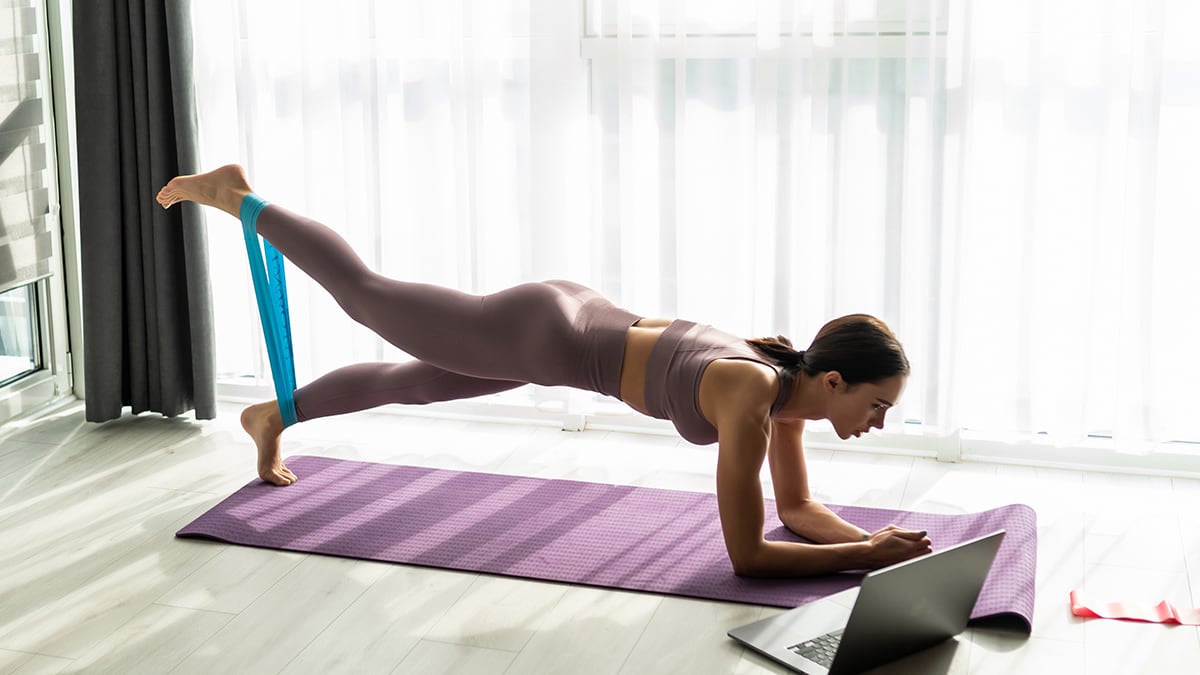
5. You need a gym to get fit
Newsflash: you don’t have to splash out on a fancy studio membership to see results or reach your fitness goals.
“I’ve successfully coached people with nothing but a yoga mat and a resistance band,” says Murray. “Joint training, bodyweight strength work and structured mobility routines can completely change how your body feels and performs, and you can do these without needing to spend lots of money on accessing gym machines or the weights room.
“What matters most is consistency, progression and intention, so start focusing on making fitness part of your lifestyle and the results will soon follow.”








